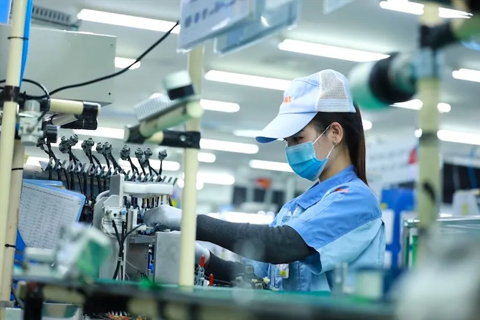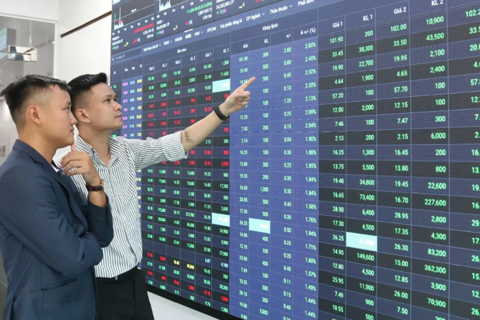VNPT enters global AI race with new dedicated unit
Vietnam’s leading telecom group VNPT has launched a dedicated AI company to commercialize Vietnamese-made artificial intelligence products and expand into major international markets.
21 Dec, 07:14 AMVietnam launches AI, semiconductor training centers
New AI and semiconductor training centers are now open in Vietnam, aiming to boost hi-tech talent, research strength and integration into the global supply chain.
21 Dec, 06:58 AMVietnam explores low-altitude economy as drones reshape agriculture and urban services
From farmlands and delivery routes to traffic monitoring and emergency response, unmanned aerial vehicles (UAVs) are rapidly entering Vietnam’s economic life, opening new growth space as cities and provinces accelerate plans for the low-altitude economy.
19 Dec, 02:00 PMVietnam OCOP Festival 2025 honors products as program marks nationwide development milestones
The festival aims to promote and honor outstanding OCOP products and producers and to reaffirm Hanoi’s leading role as the country’s “pacesetter” in the One Commune One Product (OCOP) program.
17 Dec, 07:06 PMVietnam posts five-year high FDI disbursement as investor confidence strengthens nationwide 2025
Despite global economic and geopolitical headwinds, foreign capital flows into Vietnam accelerated in 2025, with investment increasingly concentrated in high value-added sectors, highlighting the country’s growing appeal as a stable, long-term destination for investors.
16 Dec, 10:12 PMVN-Index set for 2,200-mark next year: JP Morgan
Vietnam’s appeal goes beyond the upgrade, driven by major economic reforms that are lifting business and consumer confidence, as well as improving profit prospects over the next three to five years.
16 Dec, 03:35 PMVietnam to launch smart agriculture innovation center in Lang Son
The center is expected to bridge gaps in technology testing, connect farmers with researchers and markets and accelerate sustainable, high-tech agricultural development nationwide.
15 Dec, 07:28 PMHanoi urged to train 100,000 digital engineers through online academy
The Capital Strategic Technology Development Forum gathered a wide range of proposals from businesses, experts and investors on how Hanoi should shape its deep-tech development agenda in the coming decades with a long-term vision to 2045.
15 Dec, 07:16 PM









